Prime Minister Narendra Modi’s Independence day speech had all the regular ingredients of a corporate presentation by a smart, ambitious CEO listing out achievements made so far — some indirect blame-game on the previous regime and how he has done better, the future milestones and, lastly, why his company should continue ruling in coming years.
Modi made a convincing case for his re-election in 2019 by reiterating his dream for the ‘New India by 2022’.
The pitch was good enough to connect with both urban dwellers and rural population of Asia’s third largest economy. The prime minister also added a suspense factor his speech regarding 2018. “The upcoming 1 January on 2018 will not be standard. The people who were born in the 21st century will find that this date will decide a lot in their lives.”
In a speech that lasted less than an hour, Modi listed out almost every activities the NDA-government did in the past three years, and the issues it grappled with, found the mention — efforts to give a leg up to rural India, the big economic moves (GST, demonetisation), corruption, efforts to retrieve black money, border security challenges, government’s preparedness and its governance (Gorakhpur tragedy and border security issues).
Clearly, Modi’s three years at Centre have been quite eventful. The former Gujarat chief minister hit the ground running with a plan. The perils of the UPA regime — back-to-back corruption cases and scams, prolonged policy-paralysis and a lack of vision and political will to keep pace with an advancing world — became a thing of the past. There have been no major allegations against Modi or his ministers on corruption. The bureaucratic machinery was set in motion and the air of lethargy has almost been removed from government offices.
As slew of big-ticket reforms like GST, bankruptcy law and massive push to Aadhaar-linkage programmes to rationalise subsidy programme and widen the tax base was initiated. Emphasis was on improving rural infrastructure. Bank loan defaulters and those operating in parallel economy were given a reminder on the surveillance mechanisms that are now in place. Undoubtedly, the government deserves credit for these achievements. These are all much needed moves. However, along with listing out achievements, self-introspection, and course-corrections wherever needed, becomes equally important. This wasn’t seen in Modi’s speech, who was silent on certain critical issues:
Jobs
Despite its promises, the Modi government has failed to generate large number of jobs in the economy in the three years of its rule. Millions are entering the workforce every year. This is a major question the government will have to answer going ahead as well. In his speech, Modi mentioned schemes his government has launched to generate employment, such as offering collateral-free loans to small entrepreneurs. But real numbers tell us that in the three years of Modi rule, unemployment has actually gone up — in 2015-16 to 5 percent up from 4.9 percent in 2013-14, the year before the BJP assumed power.
There is also concern on the shift in pattern of the employment to more temporary in nature and declining wages. This is something the Economic Survey 2016-17 too has pointed out.
“Employment in India poses a great challenge in terms of its structure which is dominated by informal, unorganized and seasonal workers, and is characterized by high levels of under employment, skill shortages, with the labour markets impacted by rigid labour laws, and the emergence of contract labour.”
Generating jobs will be even a bigger challenge for Modi when he walks into the final years of his term as more and more youngsters march into the job market. What it could do so far through schemes like Deen Dayal Antyodaya Yojana National Urban Livelihoods Mission (DAYNULM) and Mudra loans, is too little compared to the job demand.
Secondly, the NDA government failed to wake up in time for the NPA problem and the government-dominated banking industry is in a critical state now. Even now, it hasn’t acted on long-term solutions to save public sector banks (PSBs) from inefficiency and capital shocks. The Reserve Bank of India (RBI) embarked on a bad loan cleanup process in 2015, which was later supported by the Modi-government that brought in bankruptcy code. But, all this was done too late. Even now, banking sector will take a long time to resolve the bad loan problem, particularly from wilful defaulters or promoters, who have the ability to pay back but not the willingness. As report points out, PSBs reported 20 percent jump in the outstanding loans by nearly 9,000 wilful defaulters who collectively owed to lenders more
than Rs 92,000 crore at the end of March this year.

Clearly, the Modi-government did not act quickly enough to acknowledge the problem and taking steps to find a way to re-capitalise these banks to the desired extent. It is yet to take any solid steps to push privatisation in the banking sector.
Right now, the NPA problem is acting as a major drag on the Indian economy as the ability of banks to lend big to productive sectors is limited. Banks are unwilling to take further exposure to companies except the ones with top rating. The health of an economy is inevitably linked to its banking sector. The evidence of this is visible in a series of recent macro-economic numbers. Modi was largely silent on this issue.
Thirdly, Modi offered figures in the speech to say that the government has confiscated black money worth Rs 1.25 lakh crores in three years. Modi also said that Rs 3 lakh crore that had never come into the banking system before, has been brought into the system after government’s demonetisation drive. These figures need clarity. The government should make public the fact that how much of these seizures are on account of the demonetisation-linked searches.
If this whole chunk turns out to be black money and taxmen get their share out of it, it is good news. The demonetisation exercise has certainly helped to widen the tax base and inundate bank counters with fresh deposits. But how much of this exercise has helped the state exchequer, is doubtful. In fact, the demonetisation exercise has been a major reason why the RBI transferred only less than half of last year’s dividend to the government this year. How much demonetised currency has come back to the banking system after note ban still remains a mystery even after eight months of the announcement.
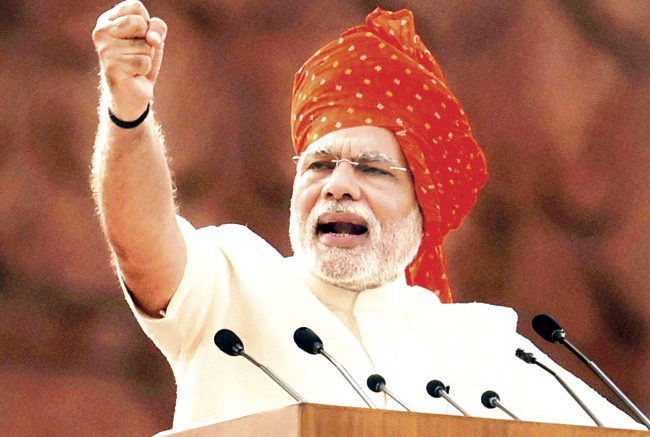
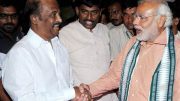
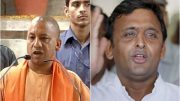
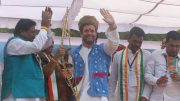
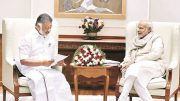
Be the first to comment on "Independence Day speech :PM’s speech made some good points, but PM’s silence on critical issues is deafening"